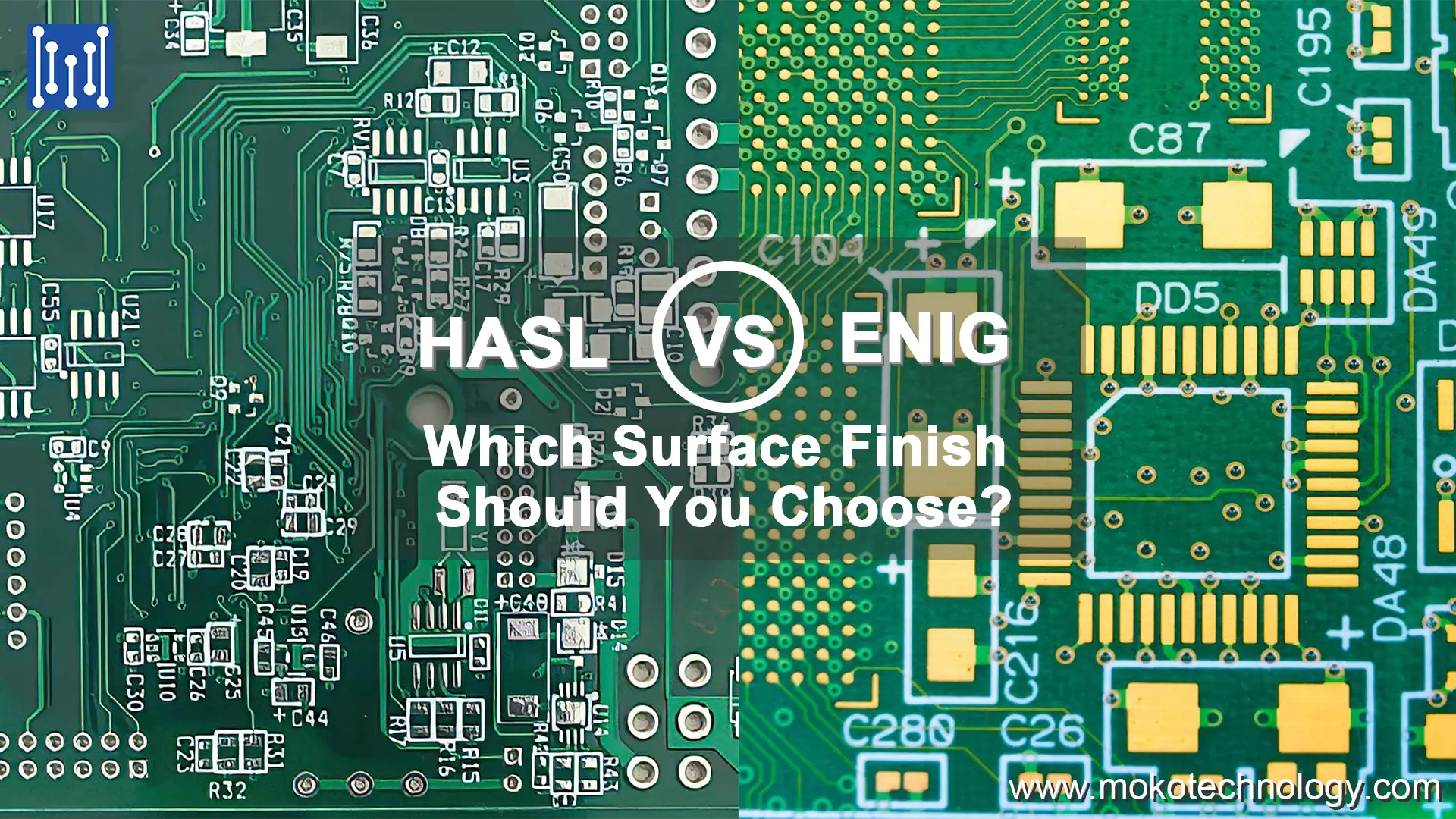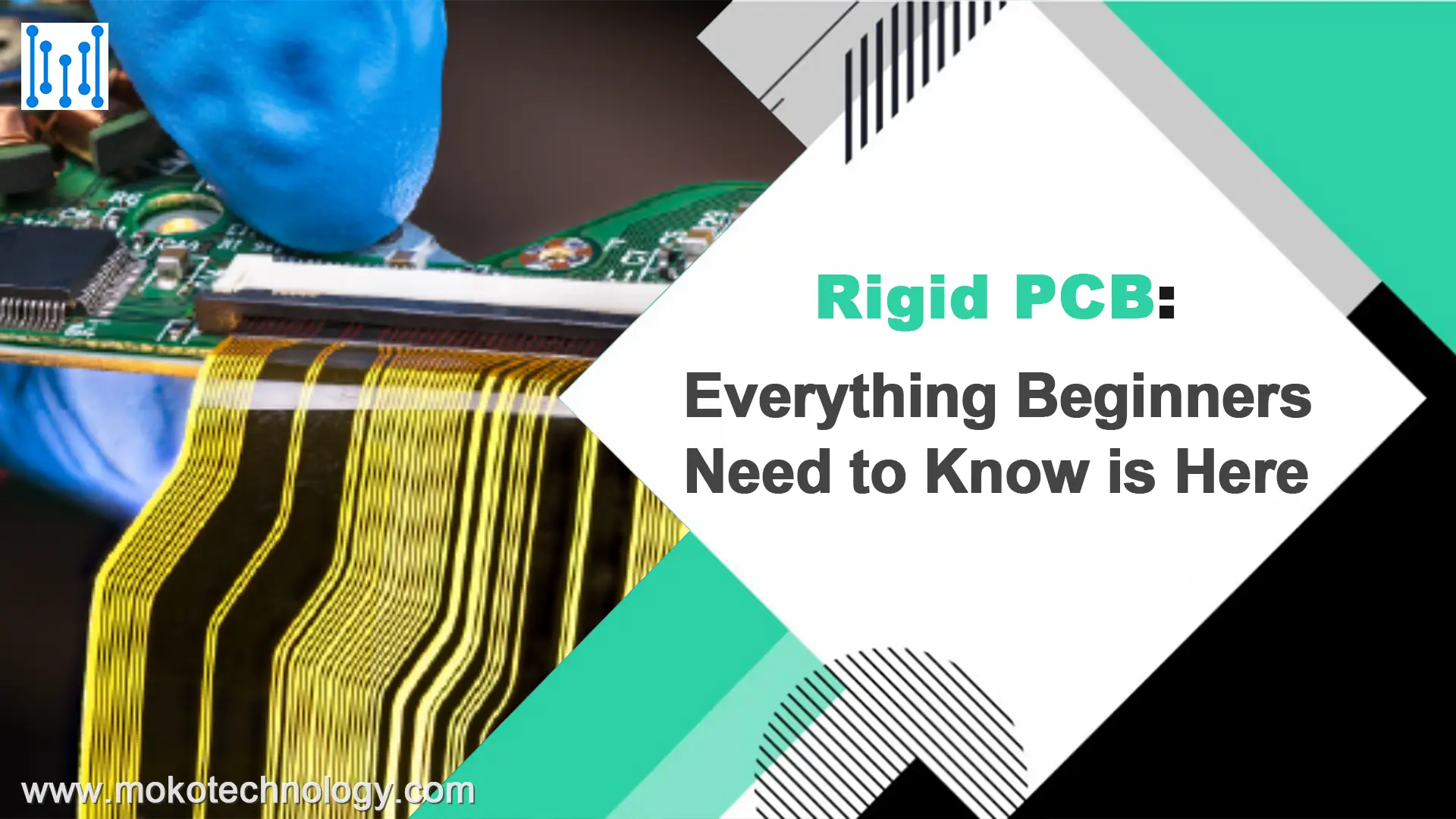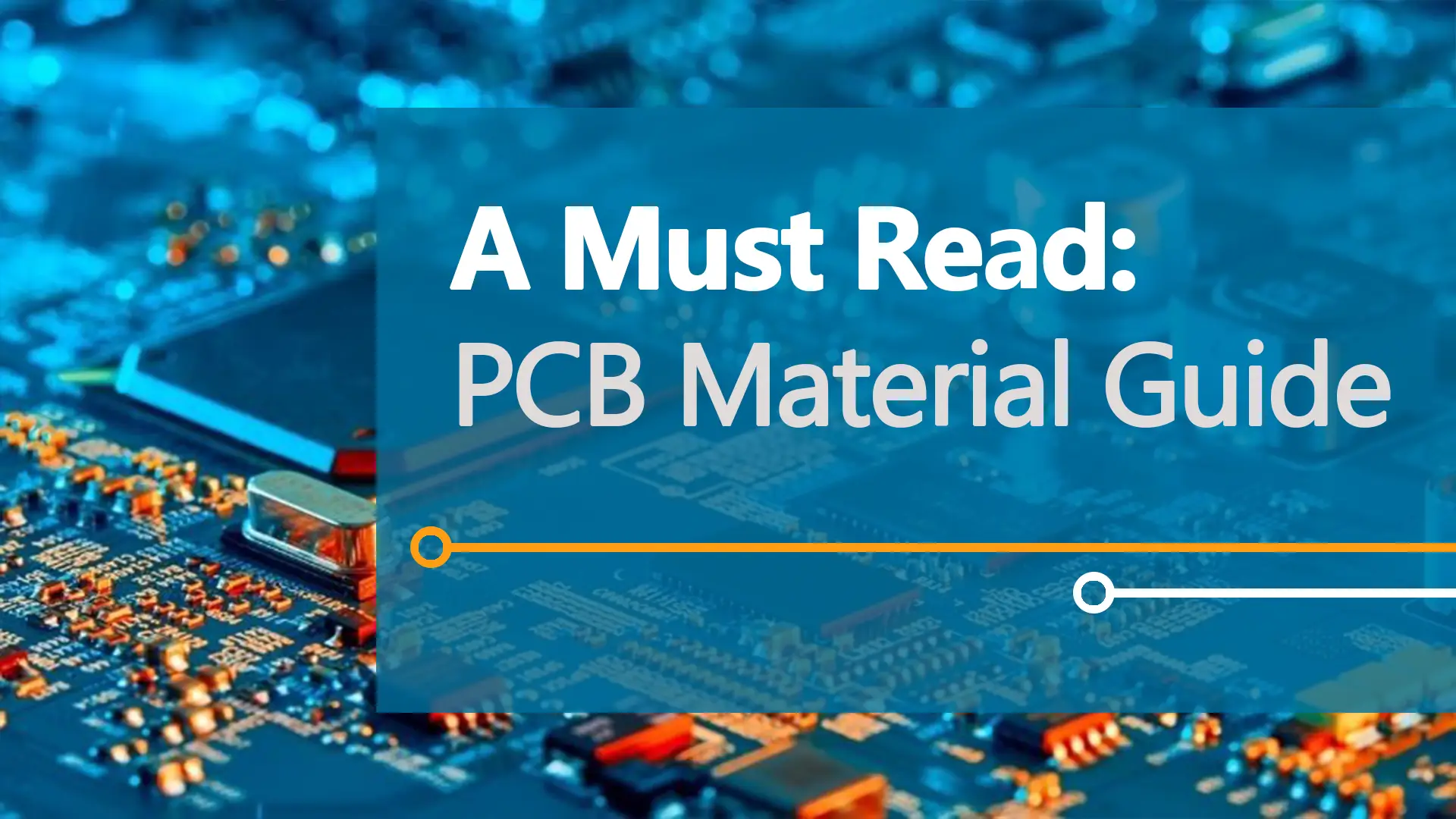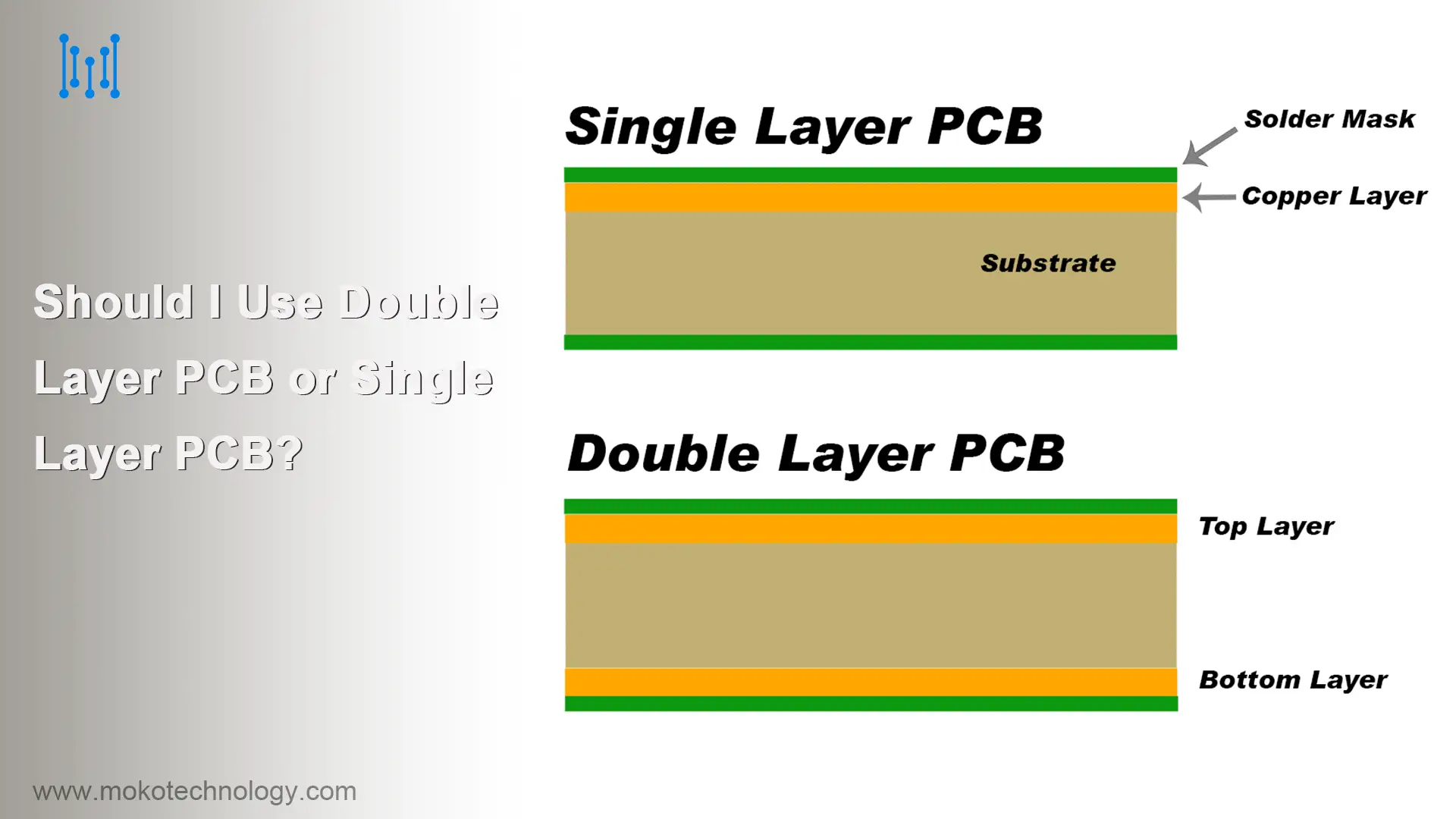When selecting a printed circuit board surface finish, two leading options are HASL and ENIG. Both provide protective coatings over the copper traces, but have tradeoffs to weigh. Understanding the differences between HASL and ENIG holds immense importance in selecting the ideal method for a specific project. This article will thoroughly explore the key distinctions between these approaches, weighing their advantages and disadvantages. Ultimately, you’ll gain the insights needed to make an informed decision regarding the most suitable surface finish method for your PCB designs.
1. Understanding HASL (Hot Air Solder Leveling)
HASL stands for “hot air solder leveling”, which is a widely used PCB surface finishing process. It works by coating the bare copper traces and pads on a printed circuit board with a layer of liquid solder. Hot air knives are then used to smooth out the solder and remove any excess material. This leaves behind an evenly coated solder finish that protects the copper from oxidation and provides good solderability.
Two Primary Types of HASL Finishes:
Lead-based HASL: This type uses a tin-lead solder alloy containing both tin and lead. It provides good shelf life and solderability. However, the lead content raises environmental and health concerns.
Lead-free HASL: This type uses lead-free solder alloys made of tin combined with silver, copper or bismuth instead of lead. It meets RoHS standards but can be more prone to oxidation and require higher processing temperatures.
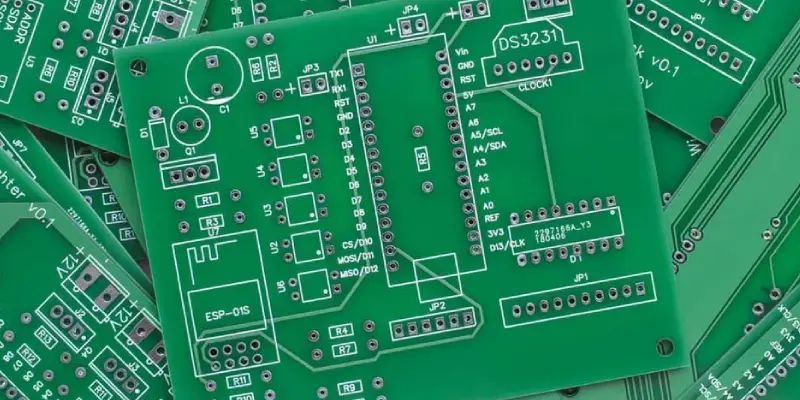
1.1 Advantages of HASL
- Simple process – HASL is straightforward to operate compared to other finish methods.
- Low cost – HASL provides an affordable surface finish solution.
- Availability – HASL is a widely accessible and common finish option.
- Visual inspectability – The HASL finish can be easily inspected visually.
- Suitability for ThroughHole Components – It’s particularly well-matched for through-hole component assembly due to its robust coating that withstands the soldering process.
1.2 Disadvantages of HASL
- Surface smoothness – The solder layer can have unevenness, problematic for SMT and fine pitch components.
- Dimensional tolerances – HASL has limitations with very thin or thick boards.
- Thermal stress – High heat during processing can potentially damage boards.
- Hole tolerance – HASL may not withstand tight tolerances on plated holes.
- Wire bonding – The surface finish is unsuitable for wire bonding applications.
1.3 Applications
Some examples where HASL may be preferred include:
Low-budget electronics – The affordable HASL process fits well with mass production of budget consumer devices.
Prototyping needs – The fast turnaround and decent durability of HASL make it a good choice for prototyping PCBs.
Non-critical longevity – For products with shorter lifespans, HASL provides sufficient lifespan without added costs.
Education and hobbyists – The accessibility and ease-of-use of HASL suit educational or hobbyist PCB fabrication.
2. Understanding ENIG (Electroless Nickel Immersion Gold)
ENIG stands for Electroless Nickel Immersion Gold, a prevalent PCB surface finish ideal for robust and long-lasting circuit boards. It involves a thin gold layer plated over a nickel electroless layer to shield against oxidation.
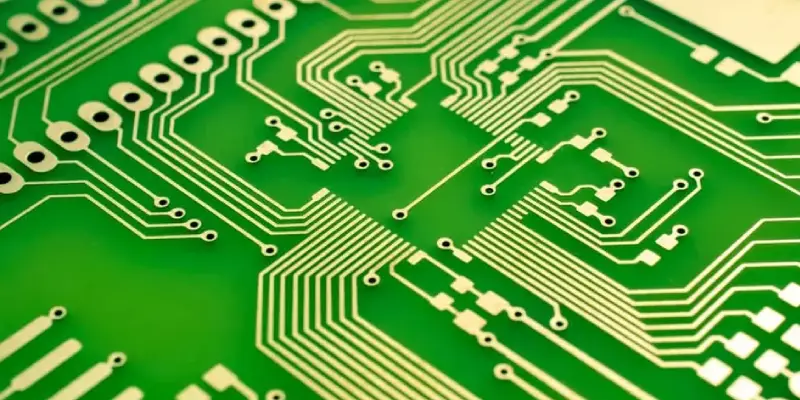
2.1 Advantages of ENIG
- Lead-free – Unlike some finishes, ENIG does not contain any lead. This makes it meet RoHS standards.
- High conductivity – The gold layer provides excellent electrical conductivity for improved performance.
- Flat Surface – ENIG provides a flat surface conducive to fine pitch components and surface mount technology, enabling precise assembly.
- Durability – ENIG stands up well to environmental stresses and physical wear over time.
- Good Shelf Life – ENIG-coated boards have a longer shelf life compared to some other finishes, maintaining their solderability for an extended period.
2.2 Disadvantages of ENIG
- Expensive – The cost of materials and processing for ENIG is higher than HSAL
- Difficult rework – Unlike hot air solder leveling, removing and replacing components is harder with ENIG finish
- Signal loss – The thin gold layer can cause slight signal loss at high frequencies.
- Complex process – The ENIG deposition method is more complicated than HASL.
- Black pad risk – Weak gold-nickel bonding can potentially lead to “black pad” defects.
2.3 Applications
ENIG is often the preferred PCB surface finish in applications that have these characteristics:
Fine-pitch components – The smooth ENIG finish accommodates placement of tiny, delicate parts with tight spacing.
Advanced soldering – Technologies like lead-free soldering benefit from ENIG’s solderability and flatness.
Long-term reliability – When PCBs must function consistently over extended periods, ENIG provides durability.
Harsh environments – The corrosion protection of ENIG makes it suitable for mechanically and thermally demanding conditions.
Further reading: 8 Common Types of PCB Surface Finishes
3. Differences between HSAL and ENIG
| Parameter | HSAL | ENIG |
| Metal Coating | Tin-lead or tin-silver-copper | Nickel and gold |
| Plating Thickness | Thicker solder layer | Thinner gold layer |
| Adhesion to Copper | Good due to metallurgical bond | Good due to nickel barrier layer |
| Heat Stress | High risk of damage | Low risk of warping |
| Electrical Abilities | Lower | Higher due to gold |
| Flatness | Can be uneven | Smooth finish |
| Soldering | Good for manual soldering | Compatible with advanced techniques |
| Component Compatibility | Suits through-hole and SMT, not suitable for fine-pitch | Allows all component types including fine-pitch |
| Use Conditions | Not advised for harsh environments | Withstands harsh environments |
| Cost | Cost effective, simple process | More expensive due to gold immersion process |
| Shelf Life | Lower, prone to oxidation | Longer due to gold preventing oxidation |
| Eco-Friendly | Lead variant not eco-friendly | Environmentally safe |
4. HASL vs. ENIG: Selecting the Right Surface Finish
When choosing between HASL and ENIG surface finishes, there are pros and cons to each technology to consider for your specific application. HASL provides a cost-effective surface finish solution with a decent shelf life. The process is simple and widely accessible. It can be a good choice when cost savings and availability are the top priorities. On the other hand, ENIG offers a smooth, thin gold coating over nickel that provides excellent oxidation resistance and a long shelf life. ENIG is preferable when top priorities include fine pitch components, wire bonding, excellent solderability, and reliability in harsh conditions. Before making the choice, you should consider various factors such as the shelf life, solderability, component compatibility, environmental resilience, and budget needs for your PCB.
